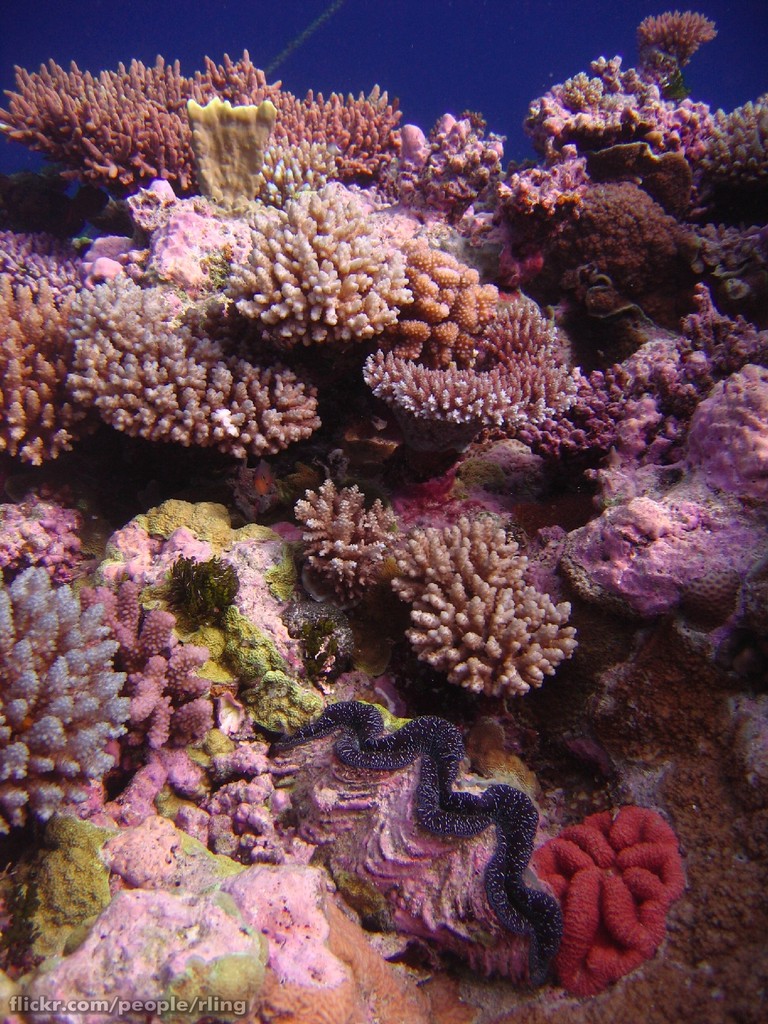Working on the Great Barrier Reef, researchers at the University of Queensland in Australia have lifted the lid on one of the great marine mysteries of our time - how corals synchronise their spawning and ensure that it takes place on just a few nights of the year and always when there is a full moon.
 Writing in this week's Science, Oren Levy and his colleagues describe how they have found the coral equivalent of the human body clock in the larvae of reef building coral (Acropora millepora). The team probed the coral DNA for sequences similar to genes called CRY - short for cryptochrome - which are used to power the body clocks, and in some cases directly detect light, in flies, worms and mammals. Using this approach the team successfully identified two coral CRY genes, and then went on to measure the activity of the genes at different times of the day and night.
Writing in this week's Science, Oren Levy and his colleagues describe how they have found the coral equivalent of the human body clock in the larvae of reef building coral (Acropora millepora). The team probed the coral DNA for sequences similar to genes called CRY - short for cryptochrome - which are used to power the body clocks, and in some cases directly detect light, in flies, worms and mammals. Using this approach the team successfully identified two coral CRY genes, and then went on to measure the activity of the genes at different times of the day and night.
They found that the genes encode proteins which respond to blue-green light, which fits perfectly because water absorbs red light very strongly. Then, by growing coral samples in tanks with either a normal light-dark cycle to simulate day and night, or by keeping the coral just in the dark for an extended period, the team found that the levels of the genes peaked in the daylight and dropped off in the dark. Next they collected RNA samples from corals on the reef when there was a full moon, and again when there was a new moon (i.e. no moon) and compared the levels of the two genes. Intriguingly at the time of the full moon the levels of one of the genes - cry2 - were much higher, suggesting that this gene is the linchpin which links the coral's behaviour to moonlight and therefore the spawning pattern.
"It's very complex and we don't yet know what the other factors are that regulate the process," says Levy. "For instance, it's one things knowing that the time is right, but how does the coral know to spawn simultaneously with other corals? My guess is it will take another couple of years to understand how it all fits together."
- Previous When you've got to go...
- Next Particle Physicists Help Fight Fires









Comments
Add a comment